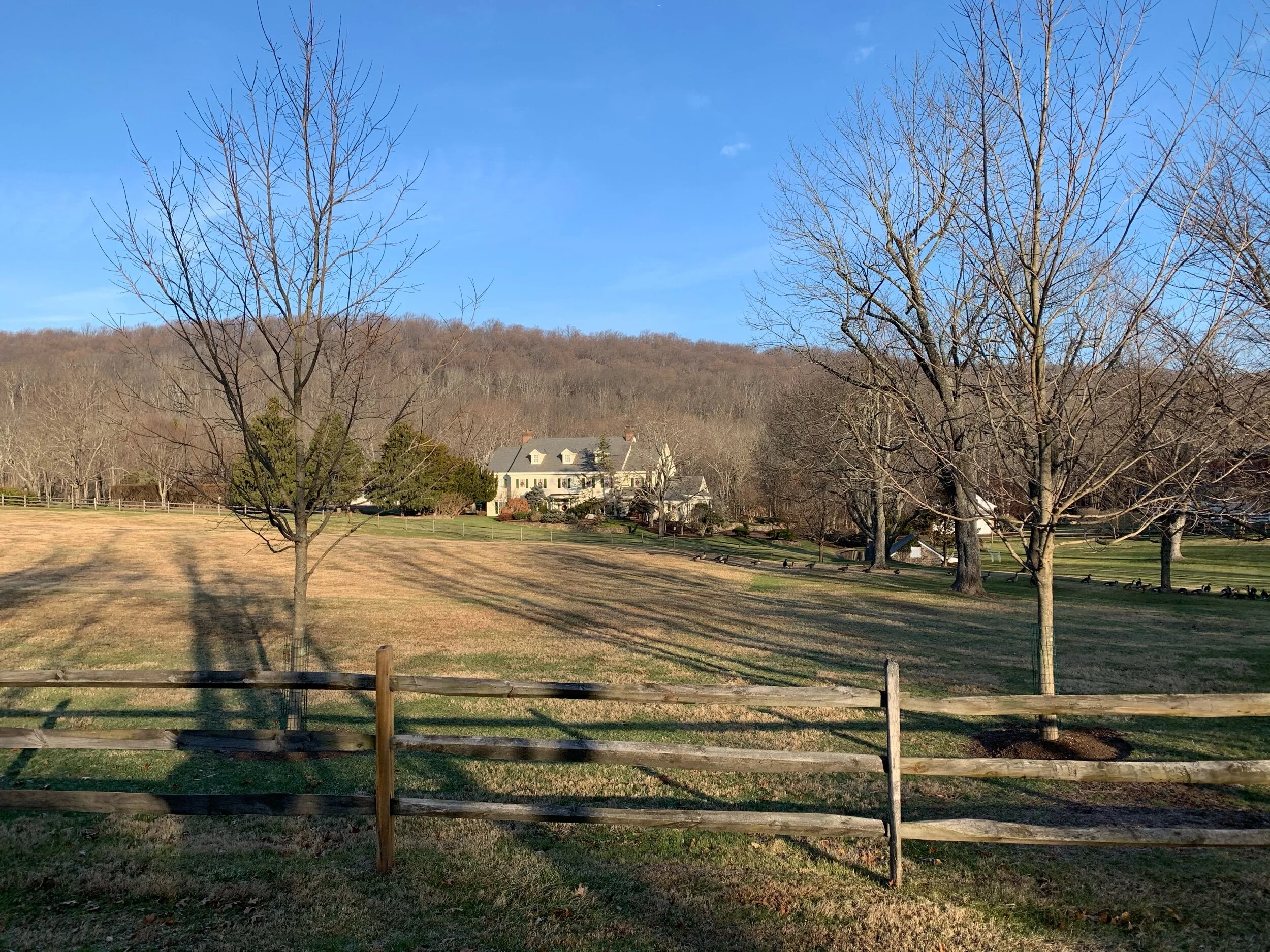Review: Zwift’s Crit City Board
(2019) “Let’s go racing!”
There I was at the start of Zwift’s new board, Crit City, with two other mates in the starting pen. I resigned myself to the fact that, if all went to plan, the nine-mile race would inflict a healthy dosage of discomfort. I wondered if the experience would make up for the lack of real-world criterium perils. All that was forgotten about when the horn sounded and bombs were dropped.
Criterium racing is alluring. It is a simple concept of sending racers around a relatively flat course and instructing them to come back around in one piece. From the middle of the pack, criterium racing is so much more. It is racing within inches of maybe five or six other riders. It is tactically draining as each rider moving to the front is scrutinized as the move of the race. Then there the dangers: sprints for primes, knucklehead moves mid-race, and the madness that is the last two laps of a criterium race. Is it still crit racing if several of those perils are removed?
After much banter, Mike (yes that Mike) and Eric from another county signed up to race the new Zwift Crit City. The selling point was specifically time. The race would be over in around twenty minutes, but the effort would equal beyond that. Which brings us back to the starting pen where riders were gearing up for a zesty start. The horn went off and I was already up to speed. Maybe I could make this easy and ride off the front.
Zwift’s Crit City is a bit excessive in what it tries to do. To remove the perils of racing in close proximity means I can stare at the Companion App and dish out wattage. Turns on the Zwift course mean nothing like the brake-then-accelerate staccato of crit racing. I don’t have to worry about executing the turn, so I can continue to stare at the Companion telemetry. The short distance called for an extended warmup. Instead of tapping into criterium pre-race rituals, I consulted pre-time trial rituals. Time trials involve staring at the stem, not turning, and going like hell. Crit City felt like a short time trial with carrots that dangled in front and behind when the advantaged called for it.
About halfway through the race and I found myself shifting focus. A gap had opened and I may have been the one to allow it to open. My rule has always been to close down a gap I may have allowed to increase, and I found myself doing just that: Eric and Mike were riding away from me. That wasn’t going to sit well ten minutes henceforth. There I was - rather there my avatar was - out of the saddle, wrenching the hooks to chase down the lead group. My focus shifted from time trial effort to crit tactics. Other riders came with me but all I cared about was my position.
One lap around the Crit City course is two kilometers. There are gentle risers that feel larger each lap. Feel free to get to know them but Zwift changes the direction of Crit City events so it won’t do much good straightaway. I had to wonder why Zwift didn’t simply make a four corner course instead of the complex board used. Putting virtual reality turns does nothing for the race. So why are there so many? The roller certainly gouge the legs, and that helps the racers get lost in the experience. If the course really existed, it would be quite the experience to hammer the winding urban arena.
With two laps to go there was the rhythmic lull in attacks. Everyone was looking at their respective screens and dashboards wondering if the imminent attack was coming. Then the group accelerated together, raising the speed to deter any speedy assault. We had our bombs ready, but in essence we had been carpet bombing the whole time. Crit racers always race with reserves. Once the finish line was figured out (it was a bit unclear), the strategic place to wind up the sprint was selected. Getting on top of the pedals for the fast finish was paramount and we crossed the line with no concern of the immediate turn. This was virtual reality. The sprint blindness meant nothing as we coasted to a stop.
More than twenty minutes after we had started, Crit City finished. Our race averaged around 27 miles per hour and it felt close to the real thing. I had finished in sight of the leaders, Mike ahead of me with Eric behind. Our text messages flew back and forth about how surprising the enjoyment level was. Stepping wobbly from the bike I had a renewed sense of competition, especially during the offseason. Resolutions were made to race same time next week.
It may not have been real life, and it may not have mattered if the board had two turns or twenty. Flashing moments of determination revved back into the psyche to chase down the last rider in the breakaway. After the blurry twenty minutes concluded, an alert splashed across the screen to say my FTP had been increased. The race had moved the FTP by almost 25 watts. I may not have won, but I will have harder workouts to gear up for next summer. As Mike said in a text immediately after the race, “That was fun.”






